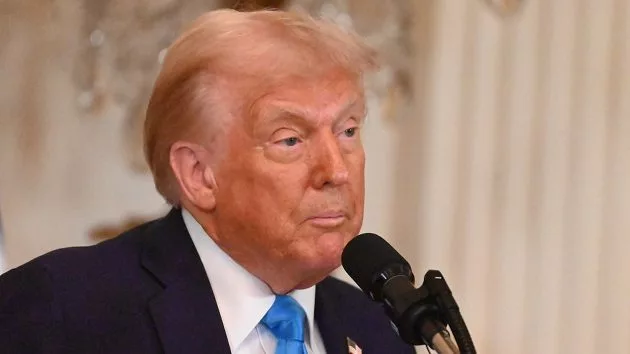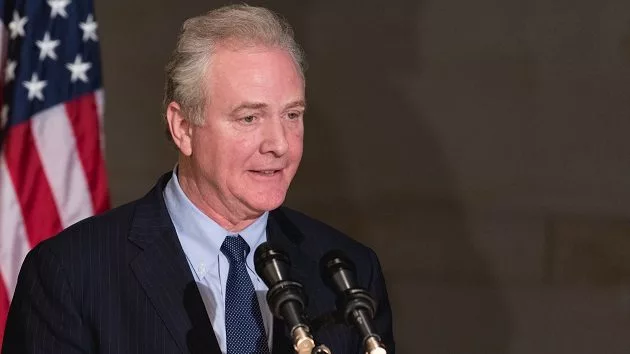(WASHINGTON) — President Donald Trump signed an executive order on Tuesday to expand the mining and use of coal in the U.S., calling it “beautiful, clean coal.”
During a ceremony at the White House, surrounded by hard-hat-clad coal miners, Trump signed the “Unleashing American Energy” executive order that follows the president’s recent promises to oversee a boost of coal production in the U.S.
The action directs the Interior Department to facilitate coal leases for millions of acres of public lands. Trump’s order also directs the Energy Department and other agencies to research if coal can be used to supply electricity for artificial intelligence data centers.
The comments Tuesday follow plans announced last month for a sweeping rollback of longstanding regulations from the Environmental Protection Agency — which the Trump administration has called the “biggest deregulatory action in U.S. history.”
Several of the 31 actions announced by the agency in March targeted prior regulations meant to restrict emissions and pollution related to the use of coal. Chief among these was the announcement to “reconsider” President Joe Biden’s “Clean Power Plan 2.0,” which was a group of regulations targeting coal and natural gas power plants announced last year.
The “Clean Power Plan 2.0” tightened the emissions standards for coal-fired power plants for toxic metals like mercury and forced plants to control and clean coal ash released during their operations. But during his campaign, Trump spoke favorably about using more coal to power America’s energy needs.
Coal is an abundant, energy-dense resource with a higher concentration in the U.S. than any other country in the world, but it is also a fossil fuel and creates carbon dioxide (a greenhouse gas) when burned, which contributes to global warming and human-amplified climate change. Coal emissions can also lead to health issues, including respiratory illness, lung disease, acid rain, smog, and neurological and developmental damage.
While coal-fired electricity has become “cleaner than ever,” according to the U.S. Department of Energy, the fossil fuel is still responsible for significant greenhouse gas emissions and environment-polluting coal ash. So “clean coal” is a bit of a misnomer, sometimes referring to types of technology used to physically clean coal before it is burned or capture carbon related to its burning, according to Michelle Solomon, senior policy analyst at Energy Innovation.
“Burning coal could never be technically considered clean regardless of the treatment applied to it before combustion – it will always emit the largest concentration of greenhouse gases of any fossil fuel, and soil and water pollution from coal and coal ash (what’s left after it’s burned) will never go away,” Solomon said. “Even the best technologies that reduce air pollutants like sulfur and nitrogen oxides still allow many of these to get through.”
These technologies are also not widely used in the U.S. According to a December 2023 report from the Congressional Budget Office, 15 carbon capture and storage facilities are operating in the United States. And none of them are being used at coal-burning power plants. The CBO also found that the 15 facilities can capture “0.4% of percent of the United States’ total annual emissions of CO2.”
According to the U.S. Energy Information Administration, the most significant factor in recent reductions of energy-related carbon dioxide emissions in the U.S. has been the decline in coal usage. In 2022, coal-fired electricity generation was largely replaced by other sources, primarily natural gas and renewables. As the production of cleaner alternatives continues to grow, the reliance on coal to meet the country’s energy needs continues to diminish.
ABC News’ Climate Unit contributed to this report.
Copyright © 2025, ABC Audio. All rights reserved.



